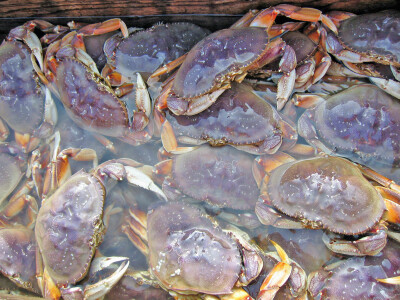February 10, 2022
Banking on batteries: Price drops and expanded options change the hybrid power model

Corvus supplied 248 kWh of battery storage capacity for the 61.7-meter longliner Geir, launched in Norway in 2020, and at press time fishing in the Barents Sea north of Murmansk, Russia. HP Holmeset photo

You've caught the limit!
Free membership gives you access to:
- Unrestricted access to all NationalFisherman.com articles.
- Receive in-depth reports and research on various topics related to the fishing industry.
- Up-to-date news updates from the fishing industry delivered directly to your inbox twice a week.






